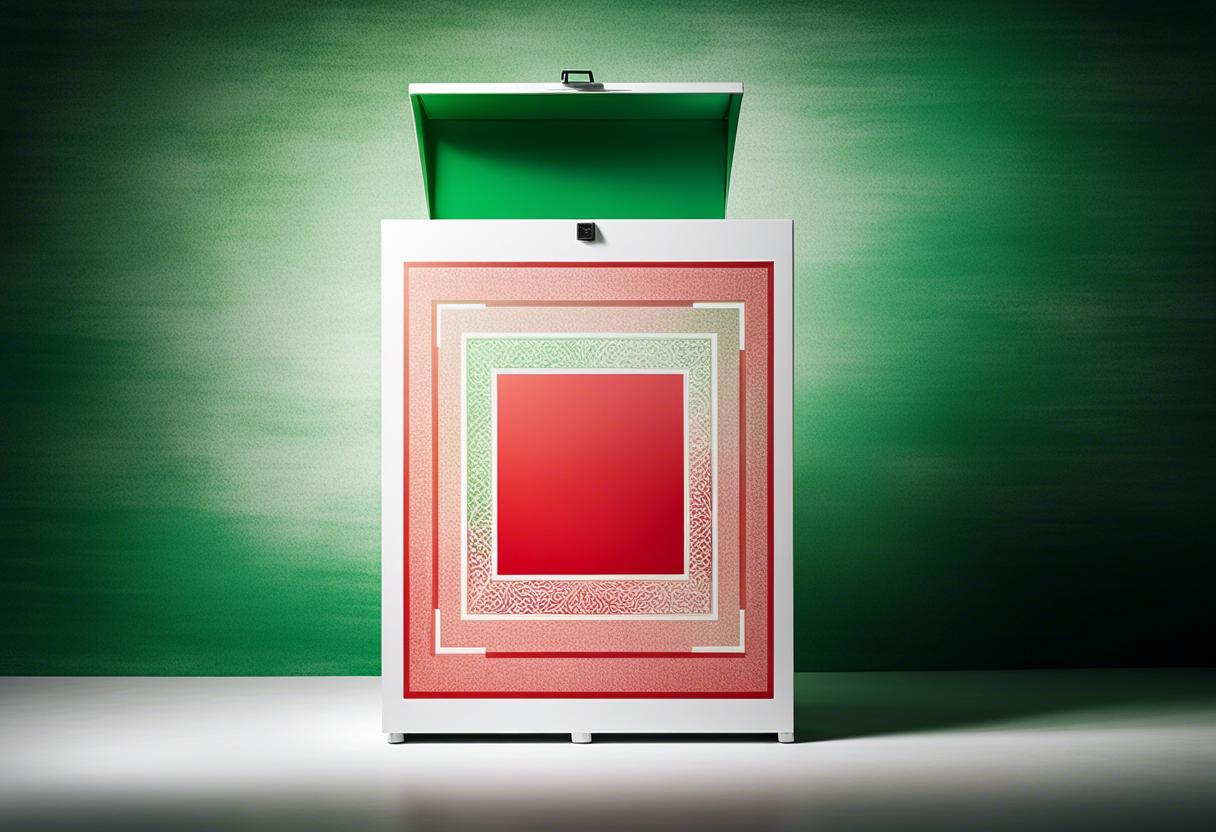The voter attendance in the forthcoming run-off for the Iranian election happening next Friday might be decisive in who becomes the country’s next leader, be it the reformist Masoud Pezeshkian or the hardliner Saeed Jalili. During the initial round, Pezeshkian managed to unexpectedly receive a substantial 10.41 million votes (42.4 per cent), while Jalili obtained 9.47 million votes (38.6 per cent).
Pezeshkian is the only reformist amongst the six approved candidates, screened by the 12-member Guardian Council in charge of nomination checks. The rest are conservatives ranging in intensity. Of Azeri and Kurdish descent through his parents, Pezeshkian is anticipated to garner support from these ethnic groups and reformist groups as well. He is a practising surgeon, has held the title of health minister, and currently sits in Parliament. Pezeshkian has made promises to revisit the 2015 limitation agreement on Iran’s nuclear arsenal in return for lifting sanctions, which could aid the struggling economy.
If elected, he has vowed to foster harmony between the upset public and domineering clerical figures and strengthen ties with Western powers. Pezeshkian is backed by reformists Mohammed Khatami and Hassan Rouhani, noted for mitigating conservative impacts during their tenures and endorsing peace with the USA and Europe, despite disapproval from Washington towards Tehran’s overtures.
Jalili, a hardline conservative, lost part of his leg during the Iran-Iraq War (1980-88), earning him the label “living martyr”. He has negotiated nuclear deals, served as secretary of the Supreme National Security Council and currently holds a position in the Expediency Council, which offers counsel to supreme leader Ayatollah Ali Khamenei. Jalili has stated intentions to diminish inflation, boost the economy, tackle corruption and mismanagement and refuse connections with the West.
Turnout in the initial voting – the smallest since the 1979 Iranian revolution was just 24.5 million from an unenthused and boycotting electorate of 61 million. If Pezeshkian manages to motivate Iranians to show up and vote in his favour in the run-off, victory could be his.
The probability of Jalili succeeding in the elections is high, as he is set to procure the majority of the 3.38 million votes cast for his conservative counterpart, Mohammad Bagher Ghalibaf, who secured the third place in the initial round. The candidate who came fourth was Shia cleric Mostafa Pourmohammadi with a mere 206,397 votes. Two additional conservative contenders withdrew prior to the voting day, recommending their followers to vote for Jalili.
This election was unexpectedly announced as a successor was needed to replace the extreme hard-line president Ebrahim Raisi, who tragically died in a helicopter accident in May. In 2021, when the election was artificially orchestrated to ensure a win for Raisi, seen as the likely successor to Khamenei (85), the turnout was a disappointing 48 per cent.
The highest ranks in the government are held by the supreme leader and the president. The government comprises a hierarchy of appointed clerical bodies attached to an elected executive and legislative assembly. The president’s power cannot be underestimated, with responsibilities including nominating ministers, chairing the cabinet, heading the national security council, drafting economic policies, issuing orders, and signing legislation.
The tie between the common people and clerics is established during the elections. Voter turnout serves as a measure of the legitimacy of this model, which has faced multiple challenges over the last 45 years. With a sinking fear of losing power or even being toppled, the conservatives have made an attempt to seize control of both the presidency and parliament and suppress any dissenting voices.
The authorities were caught off guard when a series of protests broke out across the nation in 2022. These were sparked by the death of a young Iranian Kurdish female, Mahsa Amini, who was under custody of the morality police for allegedly not wearing headscarf, a mandatory rule by law. The disturbances evolved into a large-scale movement with the watchword, “Woman, Life, Freedom”, opposing the compulsory hijab and the clerics’ power.
Reports by Iranian human rights organisations suggest that during the violent suppression, around 550 were killed and 12,500 were taken into custody. This ruthless measure infuriated the highly educated younger generation in Iran who consequently avoided the March parliamentary poll at 41 per cent turnout and the initial stage of the presidential elections.

